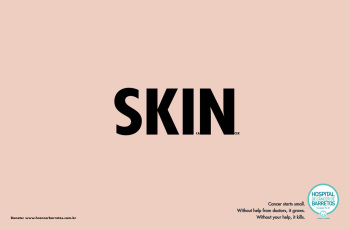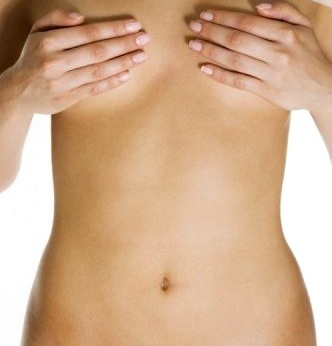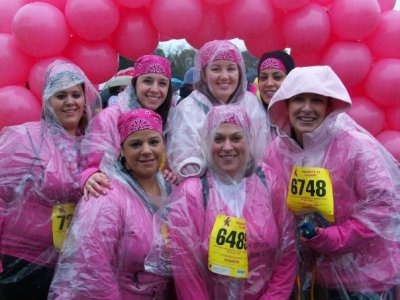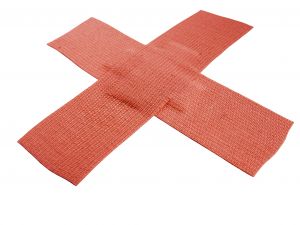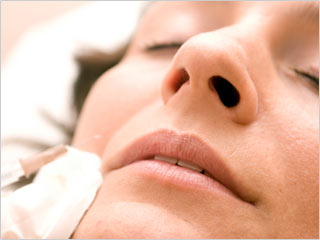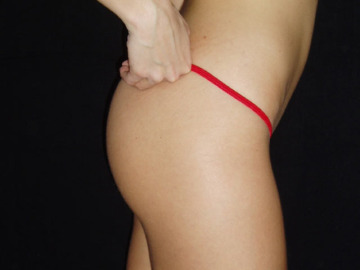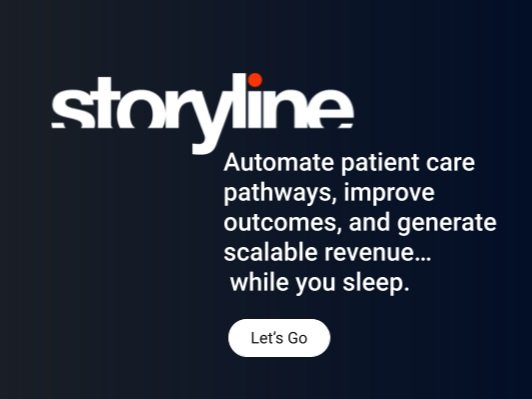Medical Spa Estheticians: Learning how to perform laser hair removal
/It's the number 1 laser procedure performed by aestheticians in medical spas across the U.S. - Laser Hair Removal. If you're old schooled, 10 to 1 no one ever taught you about laser hair removal procedures.
With facial and chemical peel services on the downfall these days, I've received many emails from aestheticians wondering where to get trained in laser hair reduction so they can secure a position within a medical spa, or just advance their career. Aestheticians are lucky in my area, they have a wonderful beauty academy right at their fingertips where they can get an advanced education in aesthetic services (if they want to go back to school). Their training manual is the Medical Spa Advanced IPL & Training Course, available through Medical Spa MD.
In the Laser Hair Reduction Chapter, you will learn about the anatomy and growth phases of a hair follicle from the anagen phase to the telogen phase and what the significance is of those stages during treatments. You will also learn the differences between and Nd:YAG, Alexandrite, IPL and diode lasers for hair reduction. Other important pearls are skin typing, ethnicity responses to therapy, topical anesthetics and using them safely, patch testing, and information about how various body areas respond to treatment.
If you're looking for a way to get the theory behind laser treatments, then take a look at the Medical Spa Advanced IPL & Training Course.
Author: Paula D. Young RN runs internal operations and training at Young Medical Spa and is the author of the Medical Spa Aesthetics Course, Study Guide, and Advanced IPL & Laser Training course for medical estheticians and laser technicians.
Submit a guest post and be heard.

